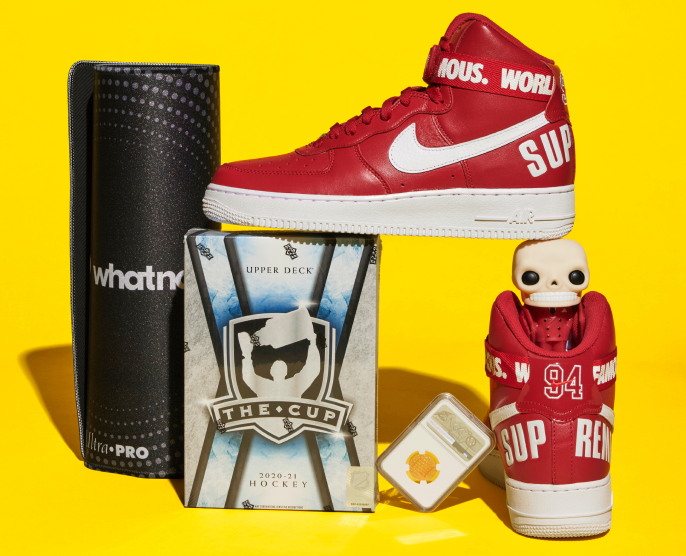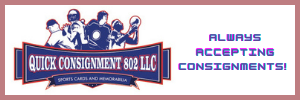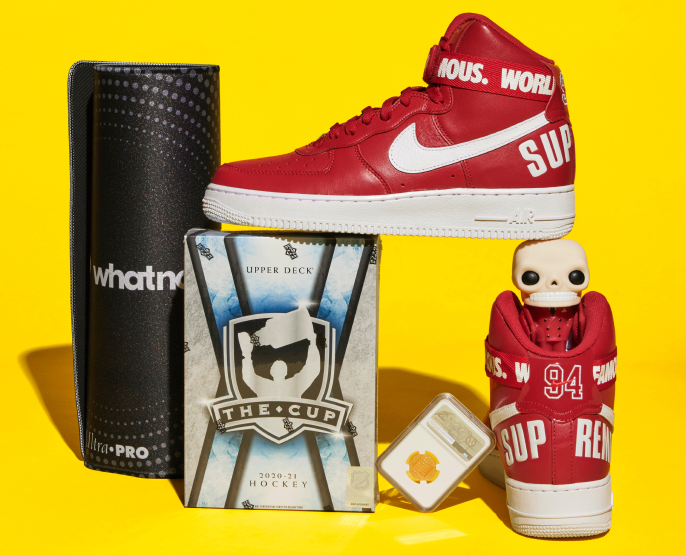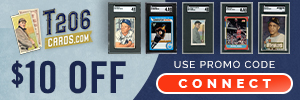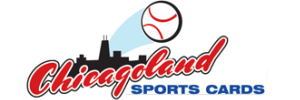
Group Breaks 101 – After the Break
A couple of weeks ago I shared with you the trials and tribulations of putting together a group case break for the first time. As I mentioned, the "work" of filling the break was a little more time-consuming than I initially thought it would be. But picking a great product like 2012 Topps Allen & Ginter Baseball ended up selling itself once release week arrived. Initially, I thought filling the break would be the most stressful part of the process. If a few spots did not sell, I was on the hook for more money.
In retrospect, it was much easier than the second half of the process.
Group Breaks 101 - What Comes Next
Early, on the day of the break, I tested out my entire video and audio setup. I wanted to make sure that everything was in working order. With all of the technology working properly the next step was to setup a sorting table. I used 200- and 300-count card boxes labeled by teams for this process, which leads me to my first piece of advice.
Get Someone to Help You Sort
My buddy wanted to come over and actually watch the break because it was the first he had participated in. I asked him if he wanted to sort cards by teams as I opened, which he agreed to do. Since I was shipping out all of the cards from the case, not just the hits, this ended up saving me a huge amount of time. I don’t know exactly how much, but with all the time that I did spend sorting cards into team sets later, I am sure it can be measured in hours.
In the future, when a break consists of this many cards, I am going to make sure that I have someone there to sort as I open, even if it means giving them a discount or free spot in the break. It is worth it.
Time Is of the Essence
Time was the biggest aspect of this process that I miscalculated. I thought I would have the case opened in a little over two hours. It took almost four-and-a-half hours.
I thought I would have all the cards sorted into team sets and inventoried Monday evening. I wasn't done until the early morning hours on Wednesday.
I was hoping to have all cards shipped off on Thursday morning. The last package was dropped off at the post office Saturday morning.
My advice here: think of a realistic deadline and then add 24 hours to it. Unless this is your job—which it probably isn't if you are reading this for advice—sorting, packaging, and mailing will probably take a backseat to life’s more important responsibilities. It all takes more time than you think.
Account for the Cost of Postage and Supplies
If you read my first article in regards to group-breaking a case, one of my "rules" was to be prepared to lose money. When I wrote that rule, though, I wasn't intending it to apply to items like bubble wrap and postage. I thought I had figured these aspects pretty accurately. I was wrong.
I still haven't sat down to figure out how I went wrong on the postage estimate, but I think the answer is in the weight of each package sent. It ended up being cheaper to send most teams in flat-rate priority boxes, which cost more than I had budgeted for both shipping and supplies.
Then there are the supplies. I budgeted for 50 thick top loaders to safely package the hits of the break. This would have been enough for the 36 hits and one rip card. There would still be a few left to safely double up sketch cards in. To my pleasant surprise, six of the 12 boxes had at least four hits and two of the boxes contained six. This put me over my estimated 50 top loaders.
Once all the cards were put safely in team bags and top loaders I ran into another problem: the bubble envelopes I bought weren't big enough. I always add cardboard to further protect cards. This may be overkill but I don’t want anything to turn up damaged because of neglect on my end. Like I mentioned, I ended up sending most sets in flat rate boxes, which meant I lost money on the envelopes and had to buy bubble wrap to use in the flat rate boxes.
I realize when you look at the price of top loaders, bubble envelopes, and bubble wrap itself, it is not that much. But those little expenses do add up. In the future, I am going to be a little more diligent on figuring my supply cost instead of just blindly estimating.
There was a greater learning curve in what happened after the cards were opened than everything that happened before the first pack was ripped. I now realize that everything that occurs before the break almost takes care of itself compared to what happens after the packs are open.
Even with all the extra time, and a little extra money out of my pocket, I am still going to do additional breaks. I hope that every time I go through the process I learn a little more. Just knowing what I am getting myself into the next time around will make it a little easier.
 | Making purchases through affiliate links can earn the site a commission |























